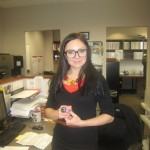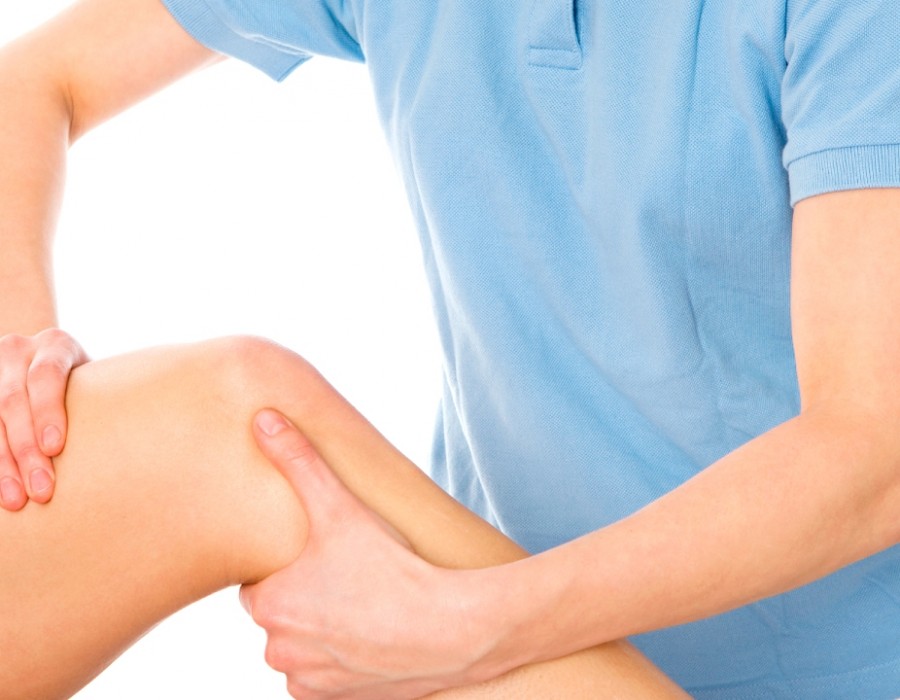Against the background of the influence of adverse factors of modern urban life and the search for ways to preserve health, physiotherapy is in increasing demand. Physiotherapy techniques provide ample opportunities for the choice of methods of influence on the body. Modern physiotherapy has a rich arsenal of techniques, but in this area, bordering on alternative medicine, the scientific approach and the comprehensive consideration of all the circumstances and all the subtleties of treatment are extremely important.
What Is Physiotherapy?
Physiotherapy is aimed at improving the health and motor functions of the client, through physical effects on the human body. It is a branch of medicine, therefore physiotherapists should have a wide range of medical knowledge. It is a wide area that includes the diagnosis and treatment of different areas: pediatrics, orthopedics, and neurology.
Specialists of physical therapy centers use manual therapy, physical exercises, special technological equipment, and educational information methods in their work. The work of a physiotherapist is to diagnose and classify specific problems of the client's movement and search for an effective solution to improve movements. They constantly develop new effective treatment programs.
Physical therapy considers the human condition as a holistic, interconnected systemic state that is affected by psychological, and physical states, and lifestyle choices. The purpose of physiotherapy is to restore the full functioning of the client by improving his motor capabilities (the formation and/or restoration of skills). Therapy is also aimed at improving the conditions associated with the functioning of various systems of the human body.
Physical therapy can be implemented in the framework of medical, rehabilitation, and educational institutions. It is designed to bring back the opportunities or develop the skills necessary for the client to maintain the most independent lifestyle.
The Purpose of Physiotherapy
- Neurological system (stroke, multiple sclerosis, Parkinson’s disease)
- Musculoskeletal system (congenital features, movement restrictions, back pain, sports injuries, arthritis)
- Cardiovascular system (chronic heart disease, rehabilitation after a heart attack)
- Respiratory system (asthma and other chronic diseases).
- Congenital features of the nervous and musculoskeletal systems
- After serious operations, injuries
- Chronic diseases
Physiotherapy techniques
Till this day, physiotherapy is the safest method of treatment. As indicated, this method is suitable for the treatment of a wide range of diseases. Plus physiotherapy contains many methods. Therefore, a certain number of techniques corresponds to a specific violation and is aimed at eliminating it. Due to a wide range of competencies, physiotherapy techniques vary. Let's look at the most popular ones:
1. Magnetic therapy
The essence of this technique is the positive influence of magnetic waves on the weakened area, stimulating the internal reserves of the body. It improves the blood supply and blood flow to the brain, helps with oxygenation, thereby normalizing blood pressure, and blood sugar levels, and increasing immunity. This technique is used for both treatment and prevention. This is perfect for the treatment of the spine, joints, fractures, scoliosis, and kyphosis.
2. Laser therapy
Modern technology, which occupies a leading place in physiotherapy, has a high performance and is widely applicable. Suitable for the treatment and prevention of diseases of the musculoskeletal, urogenital, cardiovascular, and respiratory systems. The treating area is affected by a laser, which stimulates the mechanisms of self-regulation, mobilizes the body’s forces, and improves metabolic processes.
3. Electrophoresis
The peculiarity of the technology lies in the maintenance of drugs in the tissue, by direct current exposure. This method gained its popularity because the medicine goes directly to the sore spot, without injuring healthy organs and revealing the full range of its properties. Thus, the effectiveness of the treatment is doubled.
4. Massage
This method is intended both for preventive and therapeutic purposes. By acting on certain areas and developing the muscles, this technique is able to eliminate pain, normalize blood flow, relieve spinal congestion, and eliminate radicular spasms, and convulsions. Massage can be performed manually and with the use of various therapeutic massage devices such as vibration, vacuum, and roller type.






Comments